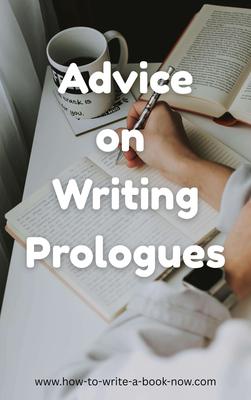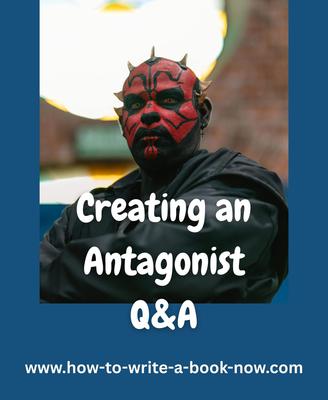Turning the 8 easy steps into 8 meaningful signposts
by Robin
(Spain)
Hello Mr. Strathy and everybody (seems this family is growing more and more):
I don't know how to handle the following problem: once you have followed the 8 easy steps and you have your own forewarnings, costs, etc., I don't know how to put them into the four (or sixteen) signposts. Not one of the former seems to be so meaningful or important as to become the signpost of anything interesting, and I always have to toss aside many of them (if not all of them)
In the example you gave, that of the female executive longing for the man of her dreams, how would you arrange those items?
I'll appreciate your point of view, as usual, so thanks a lot in advance.
Answer: The "8 Easy Steps" article describes the 8 static plot elements. They are called static because it doesn't matter what order they appear in, as long as they are in the story somewhere. You can have them appear multiple times. For instance, there could be several Requirements or Forewarnings, or you might mention the Story Goal several times (so the reader doesn't lose sight of it). Some people will include each element once per act.
The signposts and events are the progressive plot elements. They are called progressive because they must go in a particular order, at least in chronological terms. You wouldn't, for example, have the resolution (signpost 4) happen before the crisis (signpost 3) (again, chronologically speaking).
Generally, the 8 static elements are part of the overall throughline, although it's not a hard rule. Once you have worked out your signposts and arranged them in the order they will
You can think of a signpost as a major event or change. In some stories, there are a number of scenes or small events leading to or from each signpost. In other stories, the signposts are broken down into sequences of smaller events (you can use both techniques in the same story). Either way, each scene in your story can contain more than just events. Scenes can also include character interactions, thematic appreciations, descriptions of your world, and... static plot elements.
Static plot elements should not be tossed. They are important parts of the story, especially the first four (Goal, Consequence, Forewarnings, Requirements). Without a goal, your story may feel like it lacks a point. Without requirements, it becomes hard to know if your characters are making progress. Without a consequence and forewarnings, it can seem like there's no need for the goal to be achieved or that it's trivial, etc.
If you get to this stage, it can help to write a story treatment or longer synopsis. (
If you read the article, you'll see I do give an example of how to arrange the 8 static elements into a brief synopsis.)
Including the signposts will take you one stage closer to a fully developed story. Include all the progressive and static elements, in the order you have decided, and edit them so that the story flows naturally. This exercise helps confirm if you have the right order for your plot.
- Home
- Plot Questions
- Turning the 8 easy steps into 8 meaningful signposts















